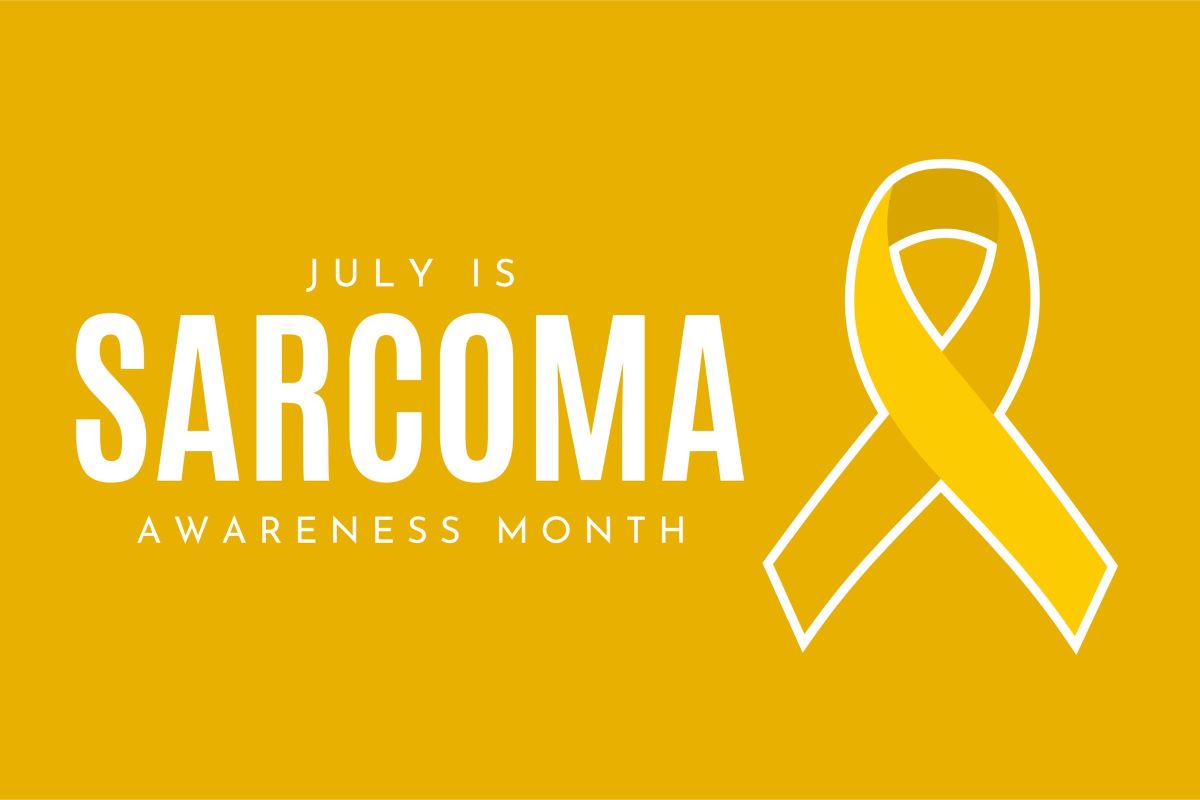
Retroperitoneal sarcomas represent a rare group of cancers that arise from bone, muscle or fat deep within the abdomen and pelvis. These frequently involve multiple organs, including the intestines, kidneys, bladder, pancreas, spleen and sometimes major arteries, veins and nerves. Surgical removal can be challenging, making it essential that an expert multidisciplinary team — including medical oncologists, surgical oncologists, pathologists and other specialists — be involved in the evaluation and treatment process.
Sarcomas can develop in patients of any age, and there are no clear risk factors. Due to their deep location in the body, retroperitoneal sarcomas can sometimes grow to a large size before they cause any symptoms and before they are diagnosed. When symptoms present, they may include abdominal or back pain or discomfort, increased abdominal girth or unexplained weight loss. Some patients may feel a mass in their abdomen. Tumors involving nerves or blood vessels can cause motor weakness, abnormal sensation, swelling or blood clots in the lower extremities.
These tumors have different types depending on the specific type of tissue from which the cancer arises. For example, tumors arising from fat, muscle and bone are called liposarcoma, leiomyosarcoma and osteosarcoma, respectively.
Typically, the onset of symptoms prompts a primary care physician or other doctor to order a CT scan, which in turn identifies a large abnormal mass in the soft tissues of the abdomen or pelvis. It is important for any patient with suspected sarcoma to be evaluated by an expert team before any attempts at biopsy or surgical removal.
While a needle biopsy carries a very low risk of spreading cancer cells, it can often be very helpful in confirming the diagnosis and the specific type of sarcoma tumor — information that can sometimes change the overall management plan. For example, some patients may be candidates for chemotherapy and/or radiation before surgery. In other cases, knowing a tumor is definitely a sarcoma may change the recommended surgical approach and help avoid a suboptimal surgery, where the sarcoma is not completely removed.
Surgery is typically performed in the traditional open fashion. It may require removing parts of the attached organs, together with the tumor, to help reduce the chance of recurrence as much as possible. If surgery is not possible due to the extent of disease, chemotherapy and/or radiation may be options for treatment. Following treatment, it is important to get frequent imaging every three to six months to check that the cancer does not return.
Raising awareness of this rare tumor is essential to help improve rates of early detection and immediate treatment. Thankfully, most people will never be diagnosed with retroperitoneal sarcoma. However, anyone who develops unusual physical symptoms that do not go away should seek and escalate medical attention until a more serious diagnosis is ruled out.
Northside Hospital Cancer Institute evaluates a high volume of sarcoma patients each year. Patients are treated not only by expert physicians and surgeons, but also by a team of allied professionals — including oncology dietitians, physical therapists, nurses, physician assistants and many other vital team members — who work together to ensure the best possible outcomes.
Learn more about sarcoma treatment at Northside.


